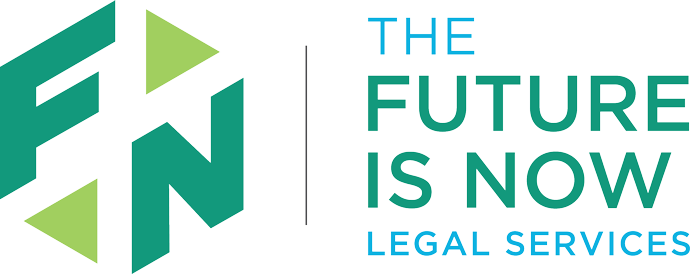Measuring Innovation to Improve Legal-Services Delivery
“To drive change, rather than rank law firms on revenue and profit, rank and assess them on their use of technology.” This was just one of ten suggestions by Jim Sandman, President of the Legal Services Corporation, during his May 2016 keynote at the CodeX FutureLaw conference at Stanford Law School.
Why do we need to drive change? For starters, experts estimate that 80% of the impoverished and 50% of the middle-class lack access to legal services. Add to this a justice system in need of reform. Even corporations say that they do not get what they need from their lawyers. There are many opportunities for lawyers to better serve their clients and society. But lawyers must continuously improve and innovate to do so.
At the 2017 Stanford CodeX FutureLaw conference, Jim repeated his call to action. Dan Linna responded by launching the Legal Services Innovation Index.
The Legal Services Innovation Index consists of three parts. First, it catalogs and categorizes innovations in law firms and directs legal professionals and consumers to where innovation can be found. Second, it identifies ten categories of legal-services delivery innovation and measures the extent to which 260 world-leading law firms indicate on their websites that they’re innovating within in these categories. Finally, it proposes a model for measuring innovation in law schools, based on ten legal-service delivery innovation and technology disciplines and five types of courses on the law of certain emerging technologies. With this model, innovation is measured in 40 law schools often identified as innovators.
The goal of the Index is to introduce transparency and empower customers—from law students and employers to clients of all kind. What gets measured will get done. While these measures may only be proxies for innovation, they encourage action in the right direction. Those legal-services delivery organizations that truly commit themselves to building learning organizations that empower everyone from bottom to top to continuously improve and innovate, they will win the future and lead the profession forward.
Speaker Bio
Daniel W. Linna Jr. is a Professor of Law in Residence and the Director of LegalRnD – The Center for Legal Services Innovation at Michigan State University College of Law. Dan also teaches at the University of Michigan Law School. He is also an affiliated faculty member at CodeX – the Stanford Center for Legal Informatics and will join Northwestern University Pritzker School of Law as visiting professor in 2018-19.
Dan’s teaching and research focus on innovation and technology, including innovation frameworks, leadership, continuous improvement, data-driven lawyering, data analytics, computational law, automation, and artificial intelligence. In 2017, Dan launched the Legal Services Innovation Index, which includes a catalog of law firm innovations, a measure of innovation in each Global 100, Am Law 200, and Canadian top-30 law firm, and an index of law school innovation.
